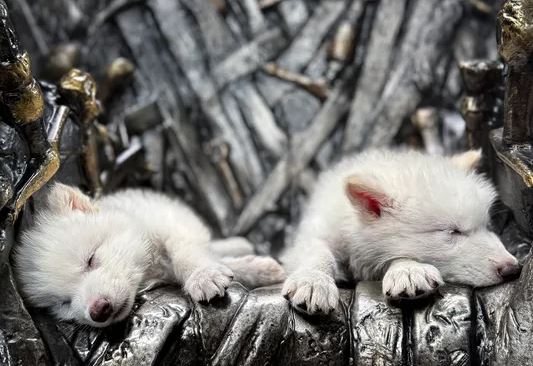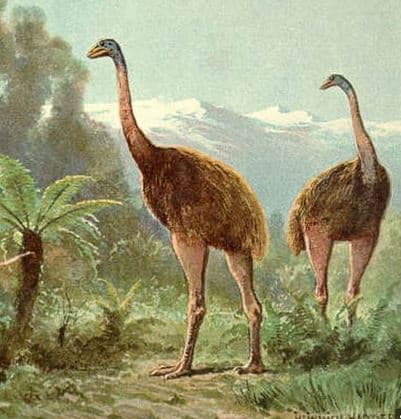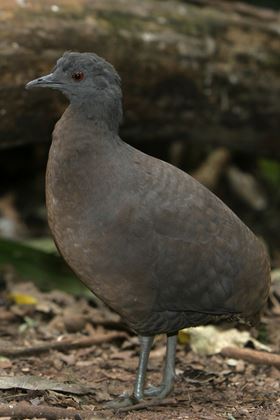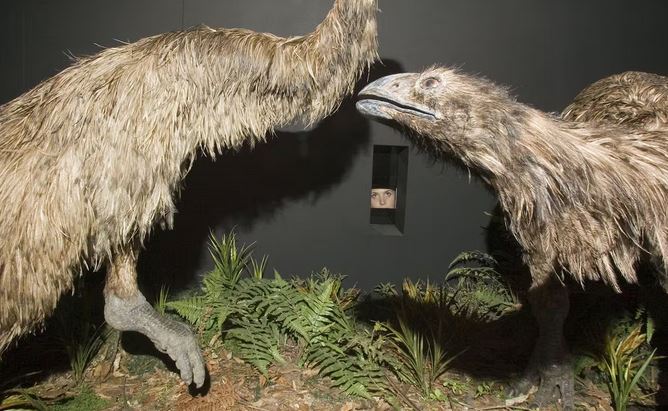Over 600 years ago, New Zealand was home to a species of large, flightless birds. However, they eventually vanished after human settlers arrived in the country.
Now, a biotechnology and genetic engineering company plans on bringing them back.
Colossal Bioscences, a Texas-based start up, has added the bird – which is known for its tall stature and long neck – to the list of animals it plans on resurrecting.
In April, the company made headlines after bringing back what they described to be three dire wolves.

Their scientists had resurrected the ancient canine that was last seen over 10,000 years ago using ancient DNA, gene-editing, and cloning technology.
Similar efforts to bring back the dodo, Tasmanian tiger, and the woolly mammoth, are also underway.
To bring back the bird, known as the moa, the company said they will be collaobrating with the Ngai Tahu Research Center in New Zealand.

The first step will be to recover and analyze ancient DNA from the species; that will allow scientists to decode its genetic makeup so that they can differentiate them from their extinct and living relatives.
Colossal Biosciences, which was founded by George Church, a Harvard and Lamm University geneticist in 2021, has raised over $435 in the past years. The company also said they have committed “a large investment” to New Zealand, though they have not revealed any further details.
Scott MacDougall-Shackleton, director and co-founder of the Advanced Facility for Avian Research in London, Ontario, explains that because moas went extinct only a few hundred years ago, there is still an abundance of bones, feathers, and eggshell fragments remaining.
He speculated that the species most likely went extinct from habitat change and over hunting following the arrival of Polynesian peoples to New Zealand. He explained that before that, the large species of birds had very few predators.
However, he described the idea of resurrecting the species as “intellectually interesting.”

Still, he believes it should be a “low priority,” noting that many critically endangered and threatened species in Hawaii, New Zealand, and other Pacific Islands are in more urgent need of conservation efforts.
As part of the effort to resurrect the moa, the biotech company will also be launching ecological restoration projects in New Zealand.
They will focus on rehabilitating potential moa habitats while also supporting the native species that currently inhabit the area.
However, many experts artgue that it’s not truly possible to bring back an animal from extinction. Any attempt to do so will only create a hybrid species that is genetically modified.b








